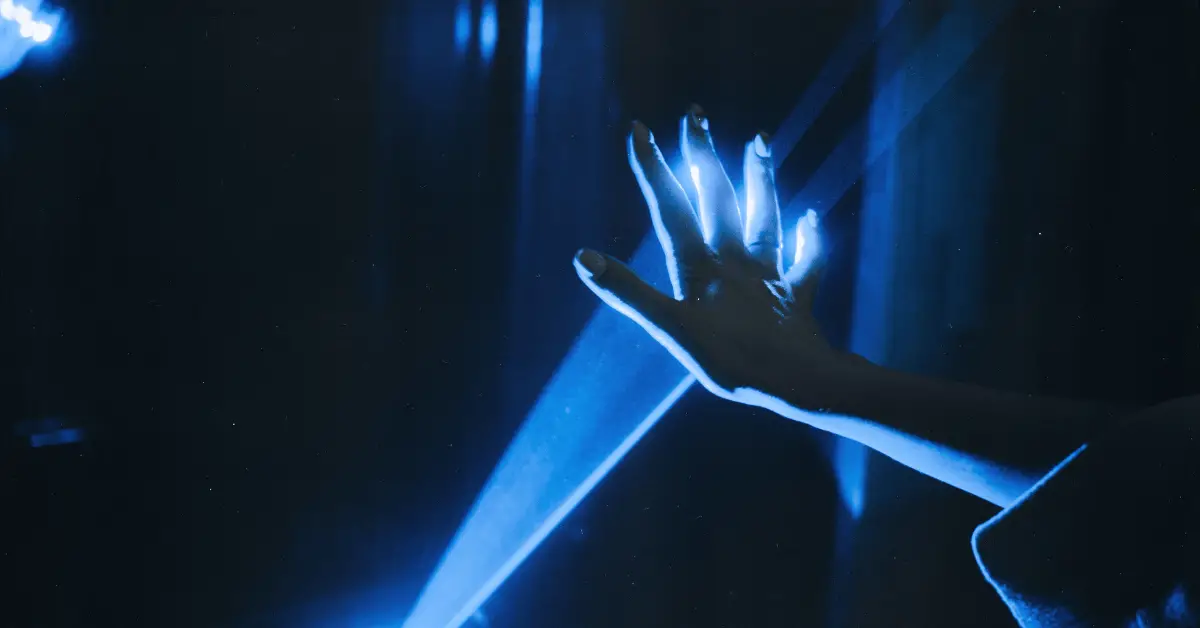With the increasing use of projectors in various settings, such as classrooms, offices, and homes, concerns have been raised about their potential to emit harmful blue light. Blue light is a high-energy visible light that can affect human health, disrupt sleep patterns, and cause eye strain. In this article, we will explore whether projectors emit blue light, the potential effects of blue light on human health, and ways to reduce exposure. Whether you are a frequent user of projectors or just curious about the potential health effects of blue light, understanding the risks and ways to mitigate them is important.
Table of Contents
Do Projectors Emit Blue Light?
As the use of projectors continues to increase in popularity, concerns have been raised about their potential to emit blue light. Blue light is a high-energy visible light that is emitted by electronic devices such as computers, smartphones, and televisions. While blue light has some beneficial effects, it can also cause problems such as disrupted sleep patterns, eye strain, and headaches. In this article, we will explore whether projectors emit blue light, the potential effects of blue light on human health, and ways to reduce exposure.
Do Projectors Emit Blue Light?
The answer is yes, projectors do emit blue light. However, the amount of blue light emitted by a projector is generally lower than that emitted by other electronic devices such as computers and smartphones. The amount of blue light emitted by a projector depends on various factors such as the type of lamp or light source used, the color temperature, and the brightness setting.
Effects of Blue Light on Human Health
Exposure to blue light can have both short-term and long-term effects on human health. Short-term effects include eye strain, headaches, and disrupted sleep patterns. Blue light can also contribute to digital eye strain, which is a common problem among people who use electronic devices for prolonged periods. Long-term effects of blue light exposure are still being studied, but some research suggests that it may contribute to the development of certain eye diseases, such as age-related macular degeneration (AMD).
Ways to Reduce Exposure to Blue Light
Fortunately, there are several ways to reduce exposure to blue light while using projectors.
- Use a projector screen with a blue light filter.
- Adjust the brightness and color temperature settings on the projector.
- Take regular breaks to rest your eyes and reduce eye strain.
- Use blue light-blocking glasses.
- Limit screen time and use electronic devices in well-lit environments.
Conclusion
In conclusion, projectors do emit blue light, but the amount emitted is generally lower than that emitted by other electronic devices. However, prolonged exposure to blue light can still have both short-term and long-term effects on human health, including eye strain, headaches, disrupted sleep patterns, and potentially contributing to the development of certain eye diseases. To reduce exposure to blue light while using projectors, several measures can be taken, such as adjusting brightness and color temperature settings, taking regular breaks, and using blue light-blocking glasses. By taking steps to reduce exposure to blue light, individuals can help protect their eyes and improve their overall health.

